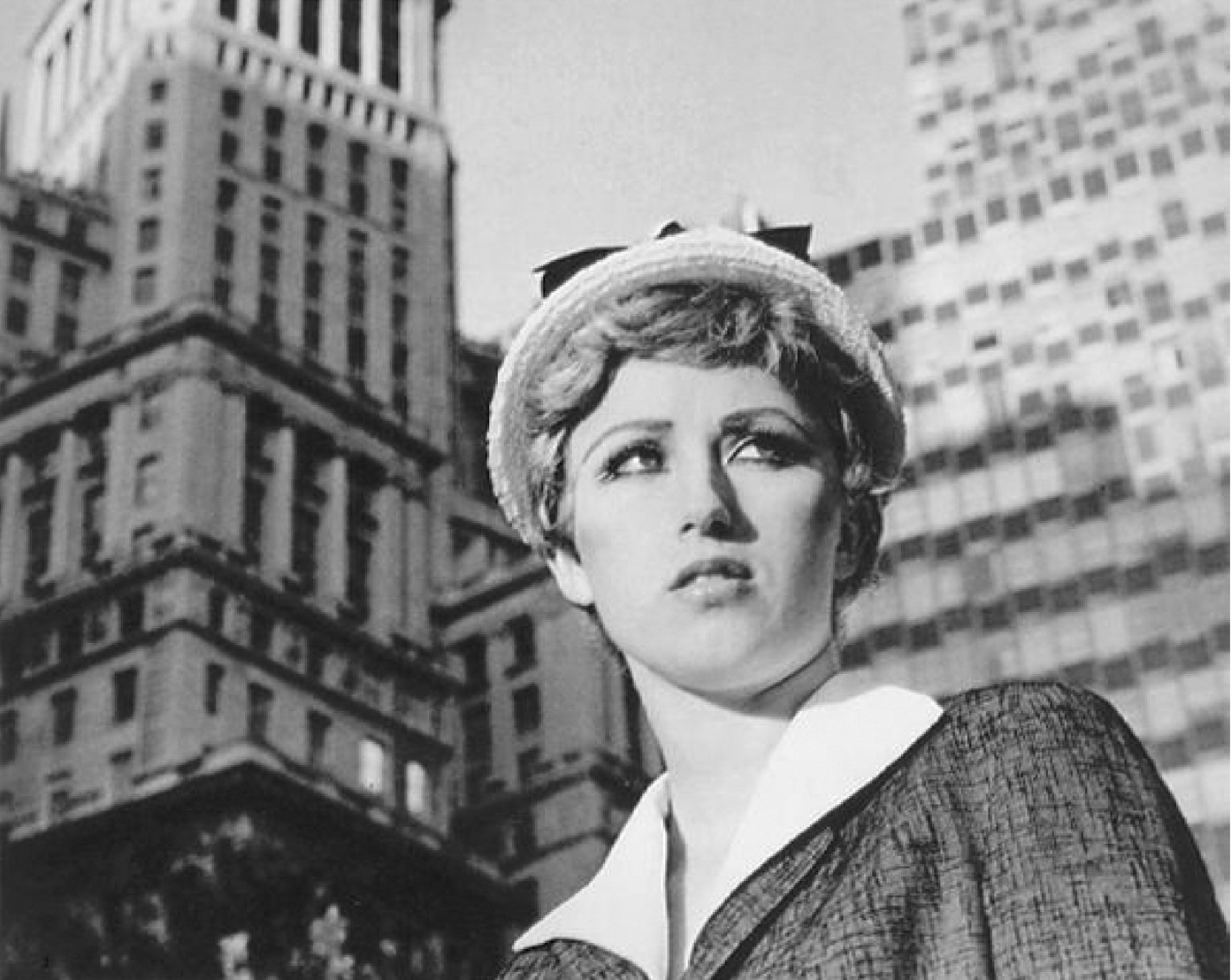On Monday, Jenny O’Meara came in to give us feedback on our rough cuts. It was really good to have professional feedback, as Jenny was very critical in a good way, picking up a lot of things I wouldn’t have otherwise noticed. For example, I thought my ending was pretty good but she suggested that I found a line that had a more natural ending to it, so I ended up changing the end. This ties back to the discussion we had in class about skills an editor must have, and one of those being to not to get too attached to your work and being able to let go.
She also suggested I create more space between the last two sections, which should be straight forward to fix up because I’d created space earlier in the portrait so I can easily apply the same technique.
I’m struggling the most with what music to use, as most of the creative commons music is typical youtube vlogger electronic music and doesn’t really suit the tone of the portrait. Even when I think I’ve found something I put it in to the timeline and it doesn’t really work after all.
Other than that, everything is on track and I just need to keep on editing and refining.






